Home>diy>Building & Construction>What Is A Sill Plate In Construction
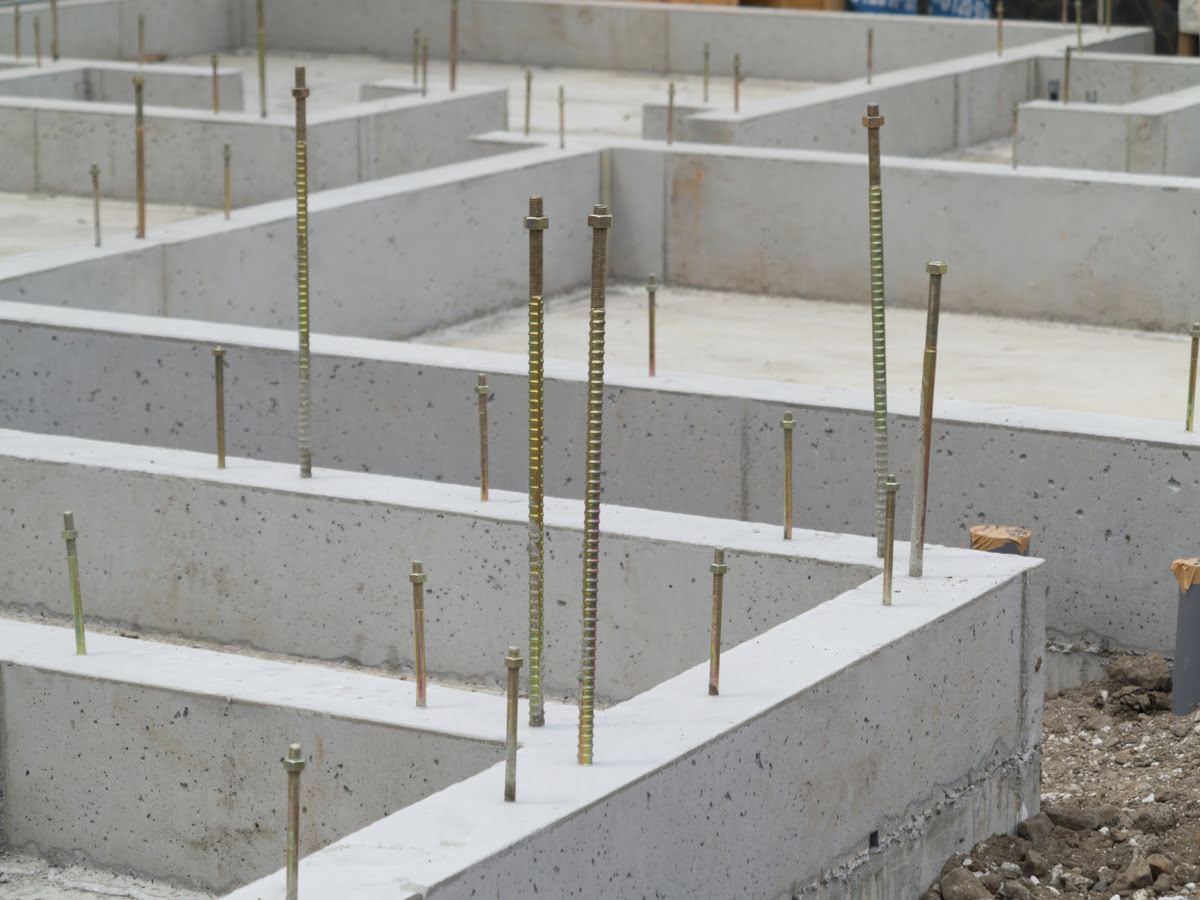

Building & Construction
What Is A Sill Plate In Construction
Modified: January 24, 2024
Discover the importance of a sill plate in building construction and its role in providing stability and support. Learn how it connects the building frame to the foundation.
(Many of the links in this article redirect to a specific reviewed product. Your purchase of these products through affiliate links helps to generate commission for Storables.com, at no extra cost. Learn more)
Definition of Sill Plate
In the world of construction, a sill plate is a vital component that plays a crucial role in supporting the weight of a building structure. Also known as a sole plate or mud sill, a sill plate is a horizontal piece of material that is typically made of wood, concrete, or steel. It is installed at the base of a wall, directly above the foundation, to provide a sturdy connection between the foundation and the rest of the building.
The sill plate acts as a transitional element between the vertical wall framing and the horizontal foundation. It serves as a secure anchor that helps distribute the weight of the structure evenly across the foundation. Additionally, the sill plate helps to transfer the loads from the building to the foundation, ensuring stability and structural integrity.
Typically, the sill plate is securely attached to the foundation using anchor bolts, which are embedded into the foundation during its construction. This connection helps to resist lateral forces, such as wind or seismic activity, and provides stability to the entire building.
The size and dimensions of a sill plate can vary depending on the specific requirements of the building. In residential construction, a common sill plate is a treated 2×4 or 2×6 piece of lumber. For larger structures or commercial buildings, a larger and more robust material, such as concrete or steel, may be used to accommodate the increased load and ensure structural stability.
It’s worth mentioning that sill plates can also be found in other areas of construction, such as windows and doors. These sill plates serve a similar purpose, providing a stable base and acting as a transition point between the window or door frame and the floor. However, in the context of this article, we will focus primarily on sill plates used in the construction of building structures.
In summary, a sill plate is a horizontal component that sits on top of the foundation and provides a secure connection between the foundation and the rest of the building. It plays a vital role in distributing the weight of the structure, ensuring stability, and transferring loads from the building to the foundation. Without a properly installed and functional sill plate, a building’s structural integrity could be compromised.
Key Takeaways:
- Sill plates are essential for building stability, transferring loads, and preventing moisture infiltration. Regular maintenance and timely replacements are crucial for preserving their structural integrity and longevity.
- Proper installation and material selection for sill plates are vital to ensure stability and resistance to lateral forces. Regular inspections and maintenance help prevent common issues such as moisture damage and insect infestation.
Read more: What Are Sills Used For In Construction
Materials Used for Sill Plates
When it comes to choosing the material for a sill plate, several options are available, each with its own set of advantages and considerations. The choice of material depends on factors such as building codes, structural requirements, local climate, availability, and budget. Here are the common materials used for sill plates in construction:
- Wood: Wood is the most traditional and commonly used material for sill plates. Treated lumber, such as pressure-treated or rot-resistant wood, is often used to protect against moisture and insect damage. Wood sill plates are relatively cost-effective, easy to work with, and readily available. However, they may be susceptible to decay and require regular maintenance to prolong their lifespan.
- Concrete: Concrete is a popular choice for sill plates in commercial or industrial construction. Concrete provides excellent strength and durability, making it suitable for heavy load-bearing structures. Precast concrete sill plates are manufactured off-site and can be customized to meet specific design requirements. Additionally, concrete sill plates offer resistance to fire, rot, and pests. However, they can be more expensive and require specialized equipment for installation.
- Steel: Steel sill plates are a durable and long-lasting option for sill plate material. Steel offers high tensile strength, making it ideal for structures that require added stability. It is resistant to fire, rot, and pests. Additionally, steel sill plates are often used in seismic zones or areas with high wind loads, as they provide the necessary strength and resistance. However, steel sill plates can be more expensive than other materials and may require professional installation.
- Composite Materials: Composite materials, such as engineered wood products or fiberglass-reinforced plastic (FRP), are gaining popularity as alternatives to traditional sill plate materials. These materials offer a combination of strength, durability, and moisture resistance. Engineered wood products, like laminated veneer lumber (LVL) or oriented strand board (OSB), can provide excellent structural performance and can be more dimensionally stable than solid wood. FRP is lightweight, corrosion-resistant, and offers superior moisture resistance. However, the cost of composite materials can be higher than traditional options.
- Other Materials: Depending on the specific construction requirements and regional preferences, other materials such as brick, stone, or even recycled materials may be used as sill plates in certain cases. These materials can offer unique aesthetic appeal and may be chosen for their architectural significance or sustainability purposes. However, they may require additional expertise and specialized construction techniques.
It is essential to consult local building codes and work with an experienced contractor or engineer to determine the most suitable material for the sill plates based on the specific project requirements. Proper selection and installation of the right material will ensure the structural integrity and longevity of the building.
Purpose of Sill Plates in Construction
Sill plates play a crucial role in the construction of buildings, providing several important functions that contribute to the overall stability and structural integrity of the structure. Here are the primary purposes of sill plates:
- Transfer Load: One of the main purposes of sill plates is to transfer the load of the entire building to the foundation. By anchoring the walls to the foundation, the sill plates help distribute the weight evenly, preventing excessive stress on any particular area. This helps to ensure that the building remains stable and structurally sound, even during periods of heavy loads or external forces such as earthquakes or strong winds.
- Provide Stability: Sill plates act as a stable base for walls and vertical framing members. They provide a secure connection between the vertical members of the building, such as studs or columns, and the horizontal foundation. This stability helps to prevent shifting, settling, or movement of the wall assembly, which can lead to structural damage and compromise the integrity of the building.
- Transfer Lateral Forces: In addition to vertical loads, buildings are also subjected to lateral forces, such as wind or seismic activity. Sill plates, when properly secured to the foundation using anchor bolts, provide resistance against these lateral forces. They help to hold the walls in place and prevent them from collapsing or separating from the foundation during high winds or earthquakes.
- Prevent Moisture Infiltration: Sill plates act as a barrier between the foundation and the building framing, helping to prevent moisture infiltration from the ground. This is particularly important in areas that experience high levels of groundwater or where flooding may occur. Moisture infiltration can lead to rot, mold, and decay of the building materials, compromising the structural integrity and posing potential health hazards.
- Thermal and Sound Insulation: Sill plates also contribute to the thermal and sound insulation properties of the building. They create a break between the exterior foundation and the interior living space, helping to reduce heat transfer and sound transmission. This can enhance energy efficiency, improve comfort levels, and minimize noise pollution within the building.
Overall, sill plates serve as a vital component in ensuring the stability, strength, and durability of a building. They play a critical role in transferring loads, providing stability against vertical and lateral forces, preventing moisture infiltration, and enhancing thermal and sound insulation. To ensure the effectiveness of sill plates, proper installation, quality materials, and adherence to building codes and standards are essential.
Installation of Sill Plates
The proper installation of sill plates is crucial to ensure the stability and structural integrity of a building. The process involves several important steps and considerations. Here is a general outline of the installation procedure for sill plates:
- Prepare the Foundation: Before installing the sill plates, the foundation must be clean, level, and free of any debris or obstructions. The foundation should also be properly cured and structurally sound, meeting all relevant building codes and standards.
- Layout Sill Plate Locations: Using the building plans or blueprints as a guide, mark the locations of the sill plates on the foundation. Measure and layout the positions accurately to ensure that the walls will be properly aligned once erected.
- Attach Anchor Bolts: Anchor bolts are used to secure the sill plates to the foundation. These bolts are typically made of galvanized or stainless steel and are embedded into the foundation during its construction. Place the anchor bolts in the designated locations, ensuring they are level and securely fastened into the foundation. The number and spacing of anchor bolts will depend on local building codes and the specific requirements of the structure.
- Apply Gasket or Waterproof Membrane: To prevent moisture infiltration, it is recommended to install a gasket or waterproof membrane between the sill plate and the foundation. This will create a barrier and help protect the wood from potential water damage. The gasket or waterproof membrane should be sized to cover the entire contact area between the sill plate and the foundation.
- Position and Secure the Sill Plate: Carefully position the sill plate on top of the anchor bolts and align it with the marked layout lines. Ensure that the sill plate is level and plumb, using a spirit level. Once in position, secure the sill plate to the anchor bolts by tightening the nuts on the anchor bolts. Properly torque the nuts to ensure a secure and tight connection.
- Fasten and Secure the Wall Framing: With the sill plate securely in place, proceed with the installation of the wall framing. Use appropriate connectors, such as nails, screws, or heavy-duty fasteners, to attach the framing members to the sill plate. Ensure that all connections are properly secured and meet the required structural standards.
- Inspect and Test: After completing the installation, perform a thorough inspection to check for any signs of misalignment, gaps, or structural issues. Test the stability of the walls by applying light pressure or by gently shaking the structure. If any issues are identified, make the necessary adjustments or seek professional assistance to rectify the problem.
It is important to note that the installation process may vary depending on the specific building requirements, local building codes, and the type of sill plate material used. Consulting with a professional contractor, engineer, or construction expert is highly recommended to ensure that the installation is done correctly and meets all relevant standards.
When installing a sill plate in construction, make sure it is properly treated to resist moisture and insect damage. This will help ensure the longevity and stability of the structure.
Types of Sill Plates
In construction, different types of sill plates are used depending on the specific requirements of the building and the materials chosen for their fabrication. Here are some of the common types of sill plates:
- Wooden Sill Plates: Wooden sill plates, typically made from treated lumber, are the most common type of sill plates used in residential construction. They are cost-effective, easy to work with, and readily available. Treated lumber is resistant to moisture and insect damage, which helps to prolong the lifespan of the sill plate. Wooden sill plates are often used in conjunction with wood framing for walls and provide a sturdy connection between the wall framing and the foundation.
- Concrete Sill Plates: In commercial or industrial construction, concrete sill plates are commonly used. These are thick, solid concrete slabs that are cast or precut to the required dimensions. Concrete sill plates offer exceptional strength and durability, making them suitable for heavy load-bearing structures. They are resistant to rot, moisture, and pests. Concrete sill plates are often reinforced with steel rebar and provide a strong connection between the foundation and the wall framing.
- Steel Sill Plates: Steel sill plates are another option that provides excellent strength and stability. They are often used in buildings where additional load-bearing capacity is required, such as high-rise structures or buildings located in areas prone to seismic activity. Steel sill plates offer superior resistance to fire, rot, and pests. They are made from structural steel and are typically pre-fabricated to the required dimensions. Steel sill plates are extremely durable and provide a robust connection between the foundation and the walls.
- Composite Sill Plates: Composite materials, such as engineered wood products or fiberglass-reinforced plastic (FRP), are increasingly being used as an alternative to traditional sill plate materials. Engineered wood products, like laminated veneer lumber (LVL) or oriented strand board (OSB), offer high strength and dimensional stability. They can be resistant to moisture and decay. FRP sill plates are lightweight, corrosion-resistant, and have excellent moisture resistance properties. Composite sill plates provide a balance of strength, durability, and other desirable characteristics, making them a popular option in modern construction.
- Masonry Sill Plates: In some situations, masonry materials like brick or stone can be used as sill plates. This type of sill plate is primarily chosen for its aesthetic appeal, architectural significance, or compatibility with the surrounding masonry components of the building. Masonry sill plates can be custom-designed to match the design of the building and provide a unique visual element.
The choice of sill plate material will depend on factors such as the building’s structural requirements, local building codes, budget constraints, and the specific design considerations. It is important to consult with architects, engineers, or construction professionals to determine which type of sill plate is best suited for the project.
Read more: How To Replace Sill Plate In A Crawl Space
Common Issues with Sill Plates
While sill plates are a critical component in building construction, they can be susceptible to various issues that can compromise their functionality and structural integrity. Here are some common issues that can arise with sill plates:
- Moisture Damage: Moisture infiltration is one of the primary concerns with sill plates, particularly in areas with high groundwater levels or heavy rainfall. If the sill plate is not properly sealed or if there is inadequate drainage around the foundation, moisture can seep into the wood or other materials, leading to rot, decay, and structural damage. Regular inspection and maintenance are essential to prevent moisture-related issues.
- Insect Infestation: Sill plates, especially those made of wood, are vulnerable to insect infestation, particularly from termites or carpenter ants. These pests can cause significant damage by burrowing into the wood, compromising its strength and structural integrity. Regular inspections and appropriate pest control measures should be taken to prevent or mitigate insect infestations.
- Settling or Shifting: Poorly compacted or unstable soil beneath the foundation can lead to settling or shifting of the sill plate. This can result in alignment issues, gaps between the sill plate and the foundation, and potential structural problems. Proper site preparation, including soil compaction and appropriate foundation design, is crucial to mitigate settling or shifting issues.
- Lack of Anchorage: Sill plates must be securely anchored to the foundation using anchor bolts or similar fasteners. If the anchor bolts are incorrectly installed or if there are insufficient anchor points, the sill plate may not be adequately secured. This can compromise the stability of the structure and impact its ability to resist lateral loads, such as wind or seismic forces.
- Inadequate Insulation: Sill plates play a role in thermal insulation by creating a break between the foundation and the interior living space. However, if there are gaps or insufficient insulation around the sill plate, it can lead to thermal bridging and loss of energy efficiency. Proper insulation measures should be taken during installation to prevent heat transfer through the sill plate.
- Structural Damage: Sill plates can be subject to structural damage if they are not designed or installed correctly. This can include issues such as overloading, inadequate fastening, or improper alignments. Structural damage to the sill plate can compromise the overall stability and safety of the building, requiring immediate attention and repair.
Regular inspection and maintenance are crucial in identifying and addressing these issues with sill plates. It is recommended to consult with professionals, such as contractors or engineers, if any problems or concerns arise. Proactive measures, such as proper sealing, regular pest control, and timely repairs, can help prolong the lifespan and functionality of sill plates.
Maintenance and Replacement of Sill Plates
Maintaining the integrity of sill plates is essential to ensure the stability and structural soundness of a building throughout its lifespan. Regular maintenance and, if necessary, timely replacement of sill plates can help prevent potential issues and prolong the durability of the structure. Here are some key considerations for maintaining and replacing sill plates:
- Regular Inspections: Conduct routine inspections of the sill plates to identify any signs of damage, moisture infiltration, or insect infestation. Inspect both the interior and exterior sides of the sill plates, paying close attention to the areas in contact with the foundation. Look for evidence of rot, decay, cracks, or gaps between the sill plate and the foundation. Regular inspections can help detect problems early and allow for timely repairs or replacements.
- Address Moisture Issues: Moisture is one of the most significant threats to sill plates. Ensure that proper drainage systems are in place to redirect water away from the foundation. Check for any signs of water pooling, leaking pipes, or any other sources of excess moisture that could compromise the sill plates. Repair any leaks promptly and ensure that the sill plates are sealed with waterproofing materials to prevent moisture infiltration.
- Pest Control Measures: Implement adequate pest control measures to prevent insect infestations. Regularly inspect the sill plates for signs of termite or carpenter ant activity, such as exit holes, wood debris, or hollow-sounding wood. Consult with pest control professionals for effective prevention and treatment methods, if necessary.
- Repairs and Reinforcements: In case of any damage or structural issues with the sill plates, it is important to carry out timely repairs and reinforcements. This may involve replacing damaged sections, reinforcing weak areas, or adding additional support, depending on the extent of the damage. Consult with a qualified contractor or engineer to determine the most appropriate repair methods for the specific situation.
- Replacement: If the sill plates are severely damaged, rotted, or compromised beyond repair, replacement may be necessary. This typically involves removing the existing sill plates and installing new ones using proper anchoring techniques and following building codes. During the replacement process, it is important to address any underlying issues that may have contributed to the deterioration of the previous sill plates.
- Professional Guidance: Consulting with professionals, such as contractors, engineers, or building inspectors, is advisable when it comes to maintenance and replacement of sill plates. They can provide expert advice, conduct thorough assessments, and offer appropriate solutions to ensure the proper upkeep and replacement of sill plates based on the specific requirements of the building.
By implementing regular maintenance practices, promptly addressing repairs, and undertaking necessary replacements when required, the lifespan and performance of sill plates can be maximized. Proper maintenance and timely replacements contribute to the overall stability, structural integrity, and longevity of the building.
Conclusion
Sill plates are a fundamental component of building construction, providing crucial support, stability, and load transfer between the foundation and the structure. Whether made of wood, concrete, steel, or composite materials, sill plates play a vital role in maintaining the structural integrity and durability of a building.
Understanding the various aspects of sill plates, including their definition, materials, installation process, types, common issues, and maintenance, is essential for construction professionals and homeowners alike. By being aware of these factors, one can ensure proper installation, timely maintenance, and necessary repairs or replacements to mitigate potential problems that may arise with the sill plates over time.
Maintaining the integrity of sill plates involves regular inspections to detect any signs of moisture damage, insect infestation, settling, or structural issues. Addressing these issues promptly and implementing appropriate maintenance measures, such as sealing, pest control, and reinforcement, can greatly extend the lifespan of sill plates and preserve the overall stability of the building.
In cases where sill plates are severely damaged or compromised, replacement becomes necessary. During the replacement process, it is crucial to address any underlying issues and adhere to proper installation techniques, ensuring that the new sill plates are securely anchored to the foundation.
Professional guidance and consultation from contractors, engineers, or building inspectors can be invaluable when it comes to sill plate-related matters. Their expertise can ensure that sill plates are installed correctly, identified issues are appropriately addressed, and necessary maintenance or replacement measures are carried out effectively.
In conclusion, sill plates serve as a critical component in the construction of buildings, providing stability, load transfer, and protection against moisture and pests. By understanding their importance, following proper installation techniques, conducting regular maintenance, and addressing issues promptly, one can optimize the performance and longevity of sill plates, contributing to the overall strength and durability of the structure they support.
Frequently Asked Questions about What Is A Sill Plate In Construction
Was this page helpful?
At Storables.com, we guarantee accurate and reliable information. Our content, validated by Expert Board Contributors, is crafted following stringent Editorial Policies. We're committed to providing you with well-researched, expert-backed insights for all your informational needs.
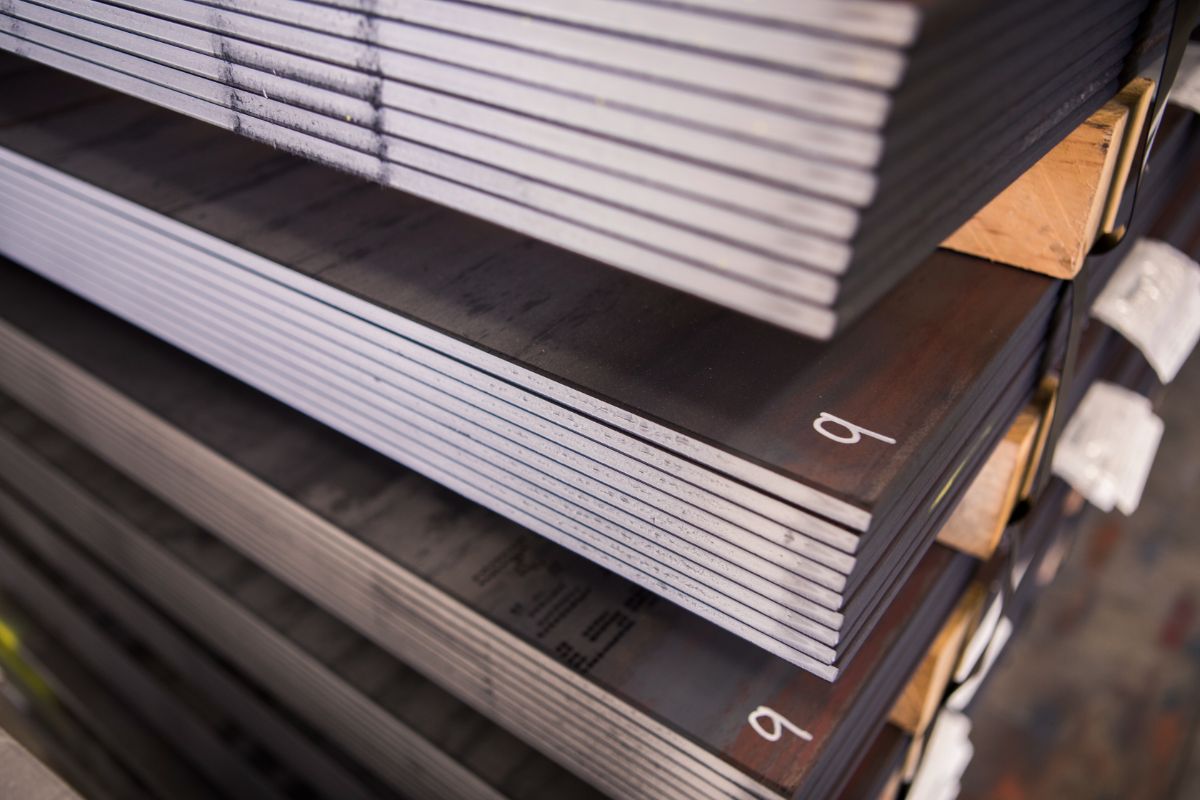

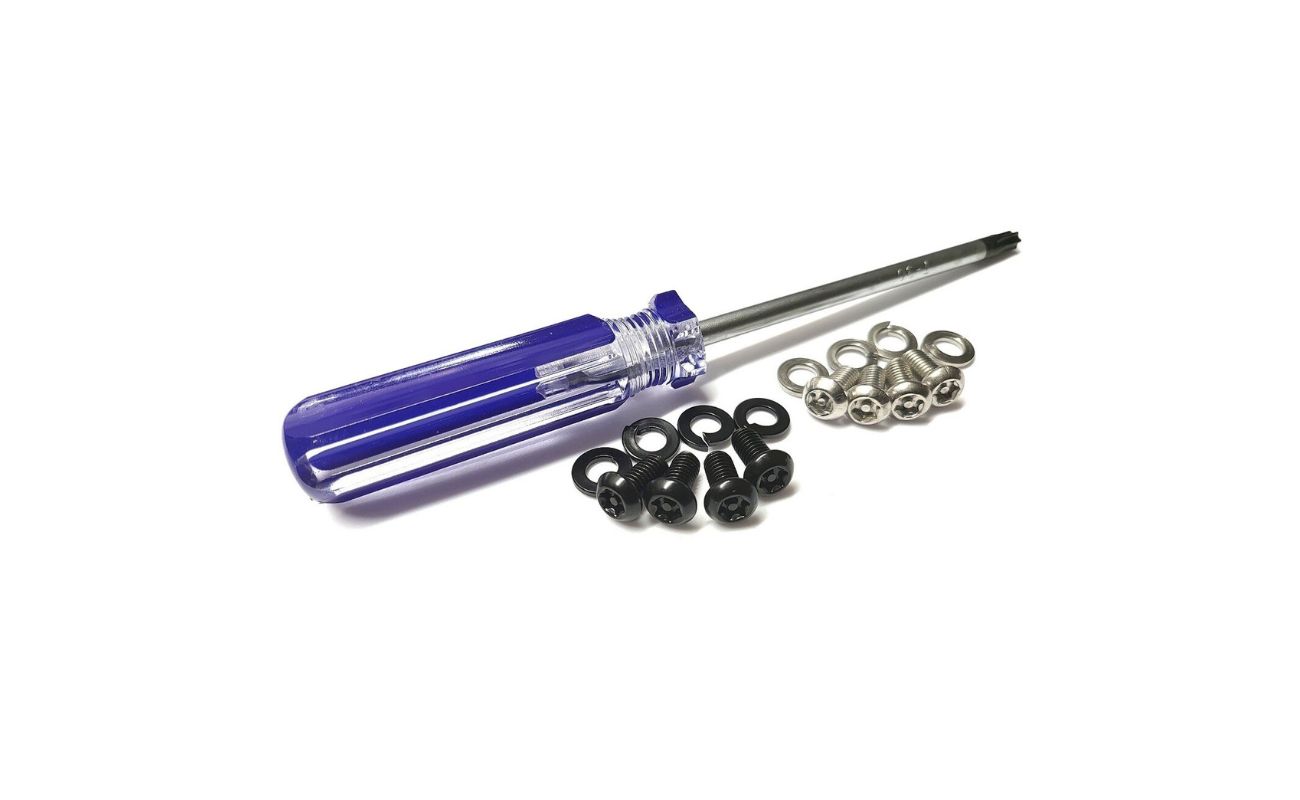



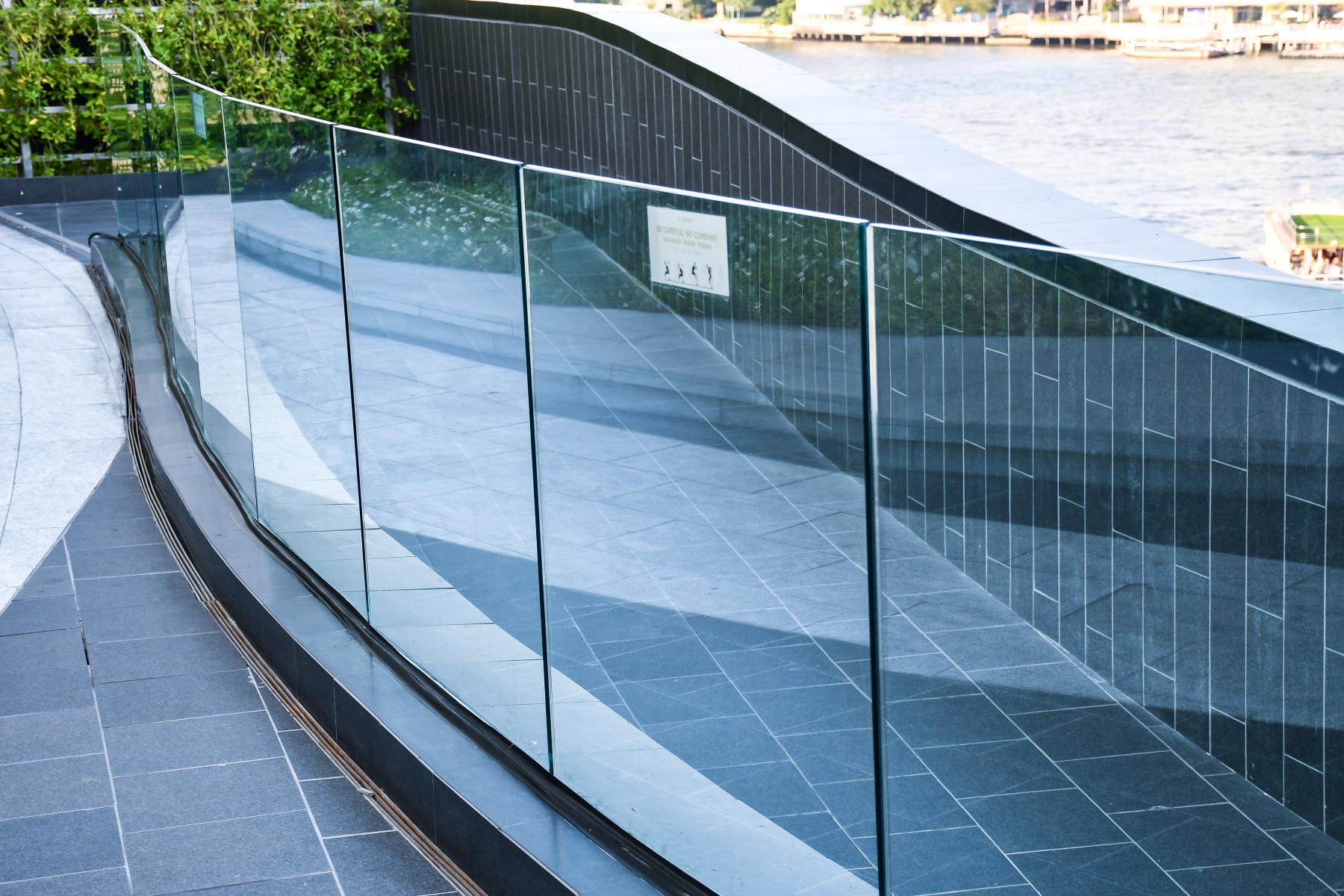
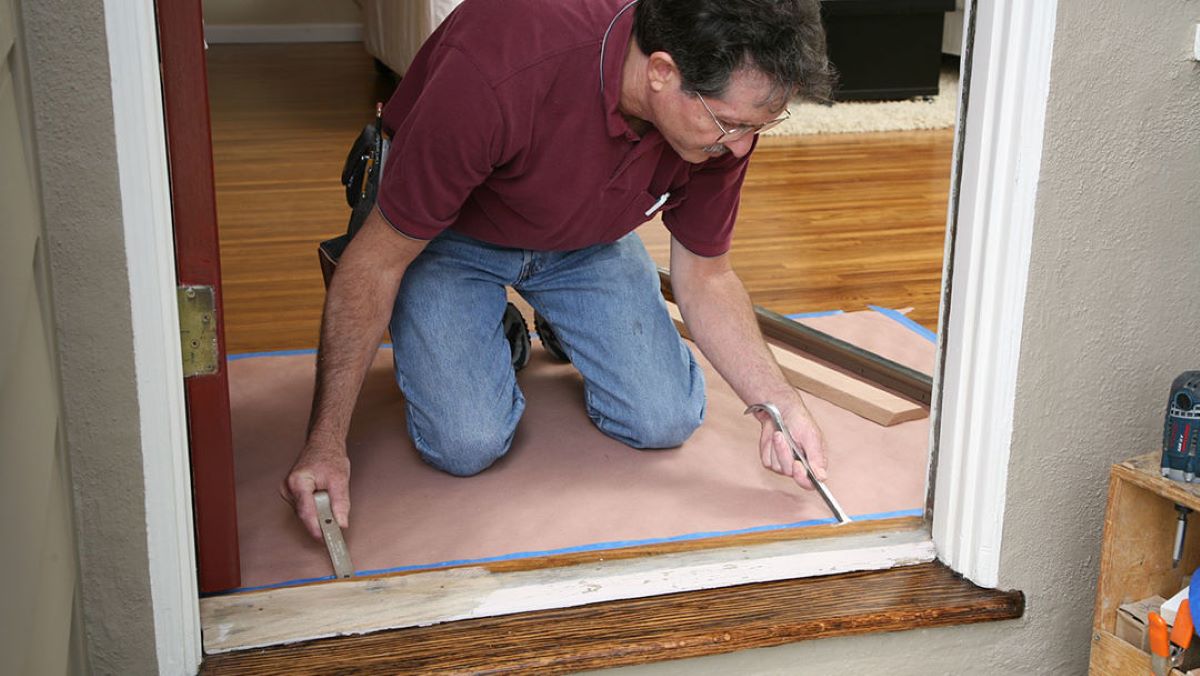




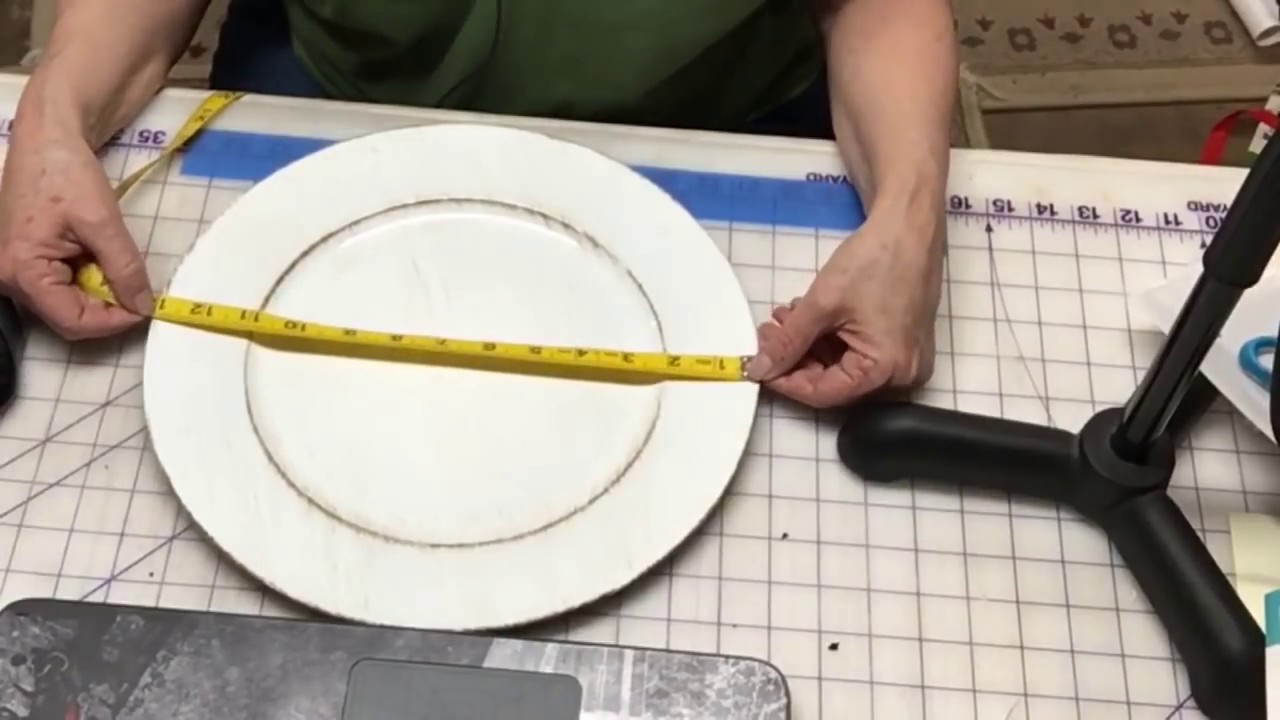
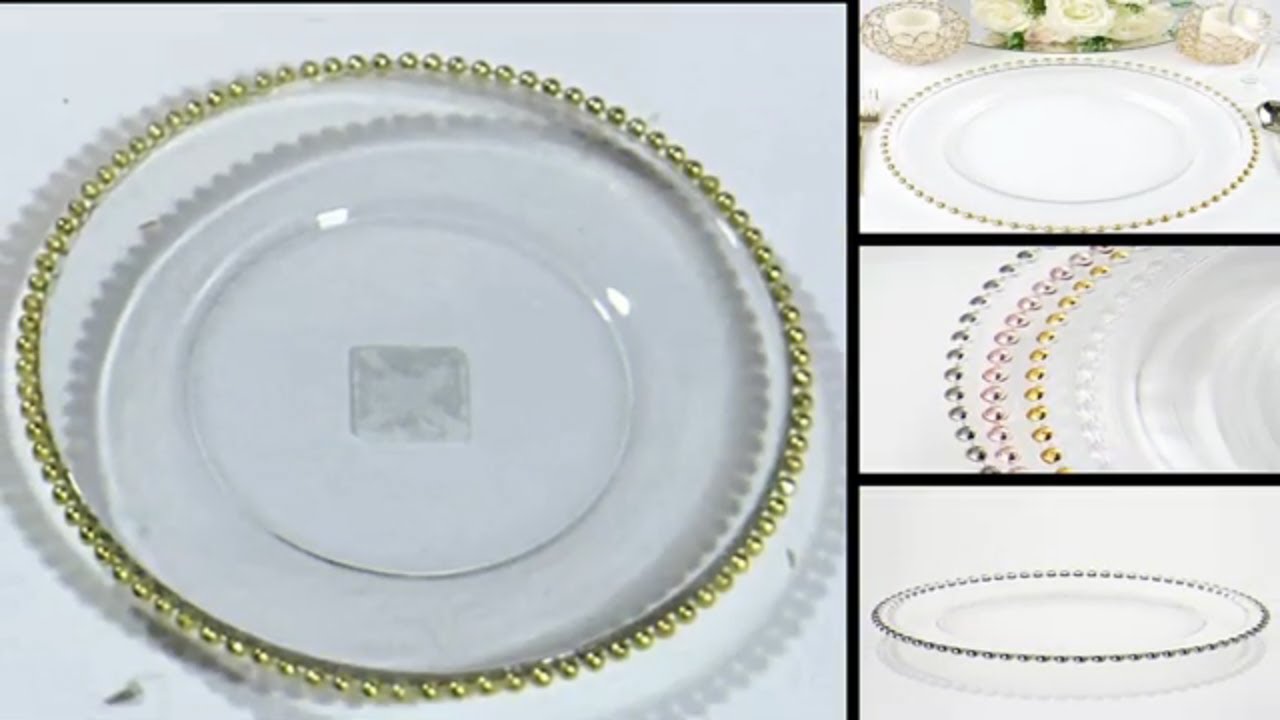

0 thoughts on “What Is A Sill Plate In Construction”